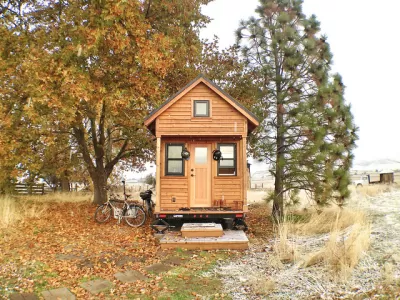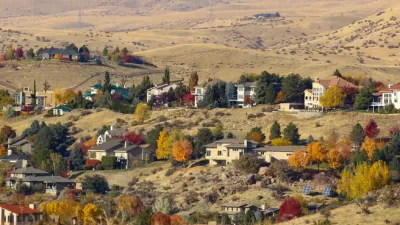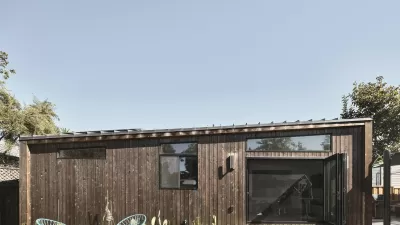Advocates argue the array of small dwelling options provide much-needed affordable housing. But, living in these units, many of which are extremely small, isn't the alternative many people would choose.

Adele Peters lives in a 240-square-foot accessory dwelling unit in Oakland, California. She says she does it not because she really wants to but because housing costs are off the charts and reasonably priced apartments are hard to come by. Her ADU is a very tight squeeze, one that that might work for a short-term stay or for someone who does not spend a great deal of time at home.
"But for anyone not making a tech industry salary, the main problem with living in a tiny house is feeling like there isn’t another option: The tiniest apartment might be cheap, but there’s little available at a larger size that’s still affordable. Like friends who’ve lived in the same rent-controlled apartment for several years, I feel like I have nowhere to move," notes Peters.
Peters does not dismiss the role tiny houses and ADUs can play is easing the state’s housing crisis, but she says the reality is that they can be hard to live in and they can only fix one part of a much larger problem. "We need more solutions, including different housing tech that can lower construction costs and salaries that are in line with the cost of living, and tiny houses, while cute, can’t fix those issues alone."
FULL STORY: Why I hate living in my tiny house

Planetizen Federal Action Tracker
A weekly monitor of how Trump’s orders and actions are impacting planners and planning in America.

Chicago’s Ghost Rails
Just beneath the surface of the modern city lie the remnants of its expansive early 20th-century streetcar system.

San Antonio and Austin are Fusing Into one Massive Megaregion
The region spanning the two central Texas cities is growing fast, posing challenges for local infrastructure and water supplies.

Since Zion's Shuttles Went Electric “The Smog is Gone”
Visitors to Zion National Park can enjoy the canyon via the nation’s first fully electric park shuttle system.

Trump Distributing DOT Safety Funds at 1/10 Rate of Biden
Funds for Safe Streets and other transportation safety and equity programs are being held up by administrative reviews and conflicts with the Trump administration’s priorities.

German Cities Subsidize Taxis for Women Amid Wave of Violence
Free or low-cost taxi rides can help women navigate cities more safely, but critics say the programs don't address the root causes of violence against women.
Urban Design for Planners 1: Software Tools
This six-course series explores essential urban design concepts using open source software and equips planners with the tools they need to participate fully in the urban design process.
Planning for Universal Design
Learn the tools for implementing Universal Design in planning regulations.
planning NEXT
Appalachian Highlands Housing Partners
Mpact (founded as Rail~Volution)
City of Camden Redevelopment Agency
City of Astoria
City of Portland
City of Laramie




























